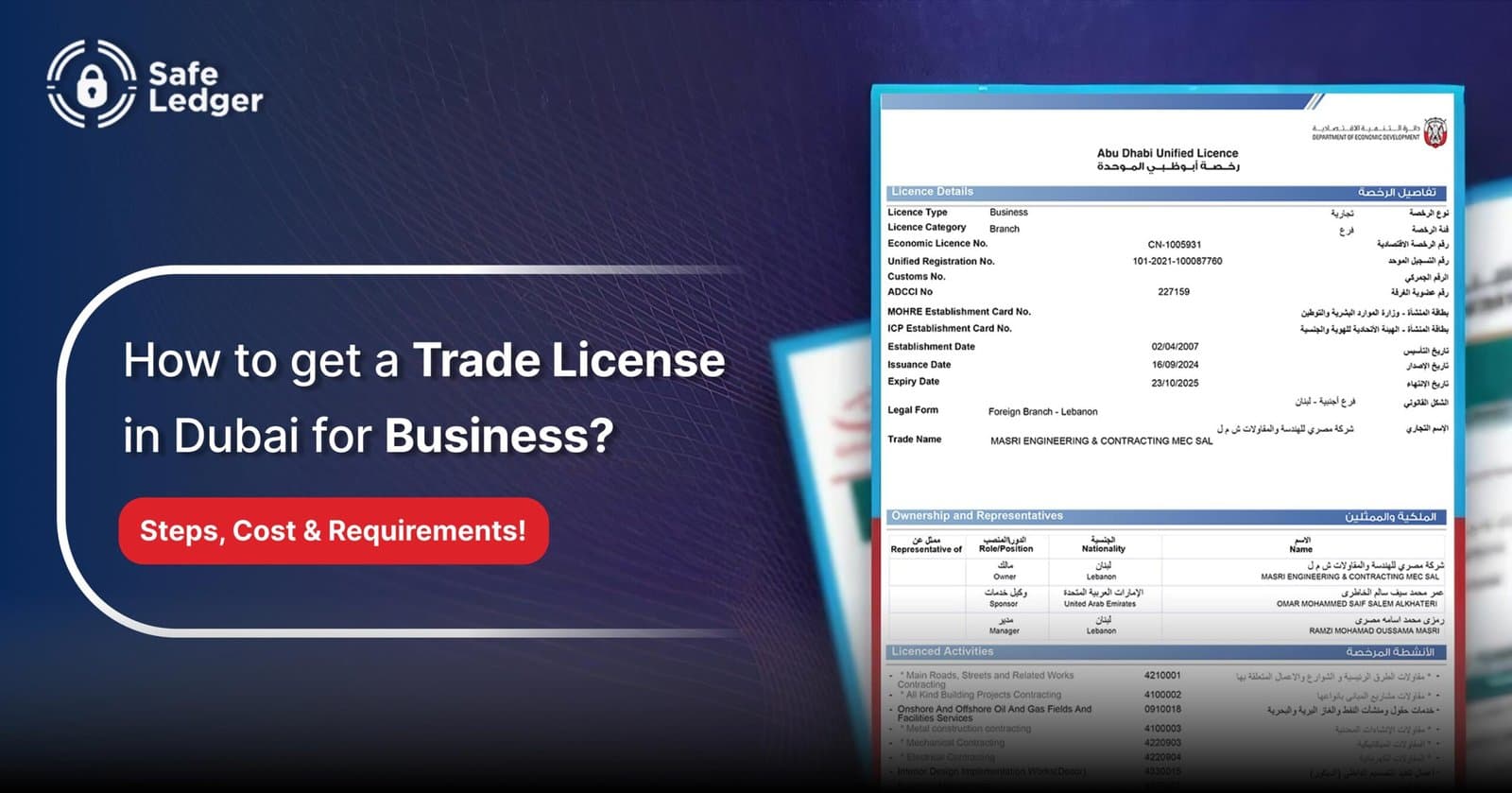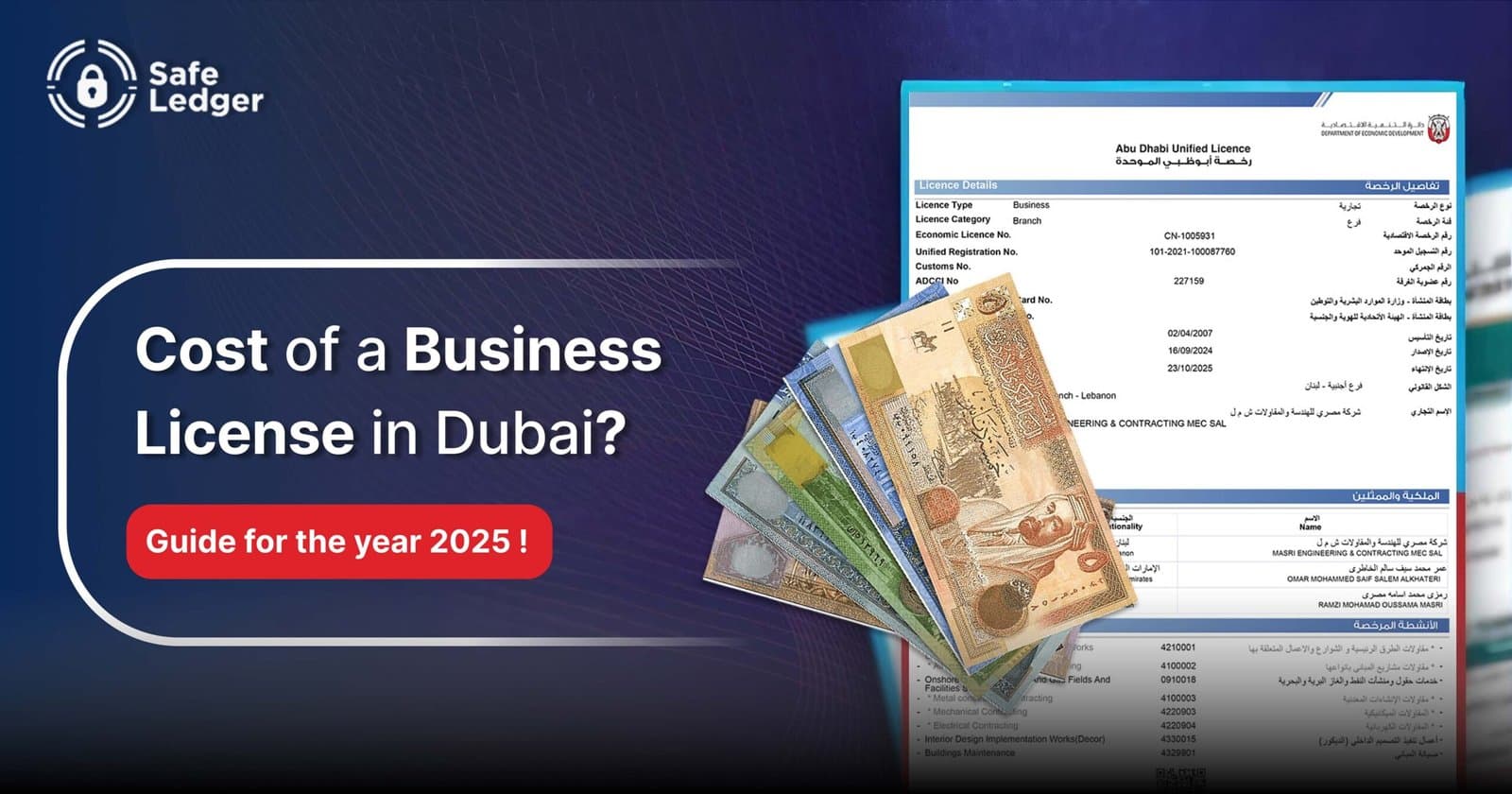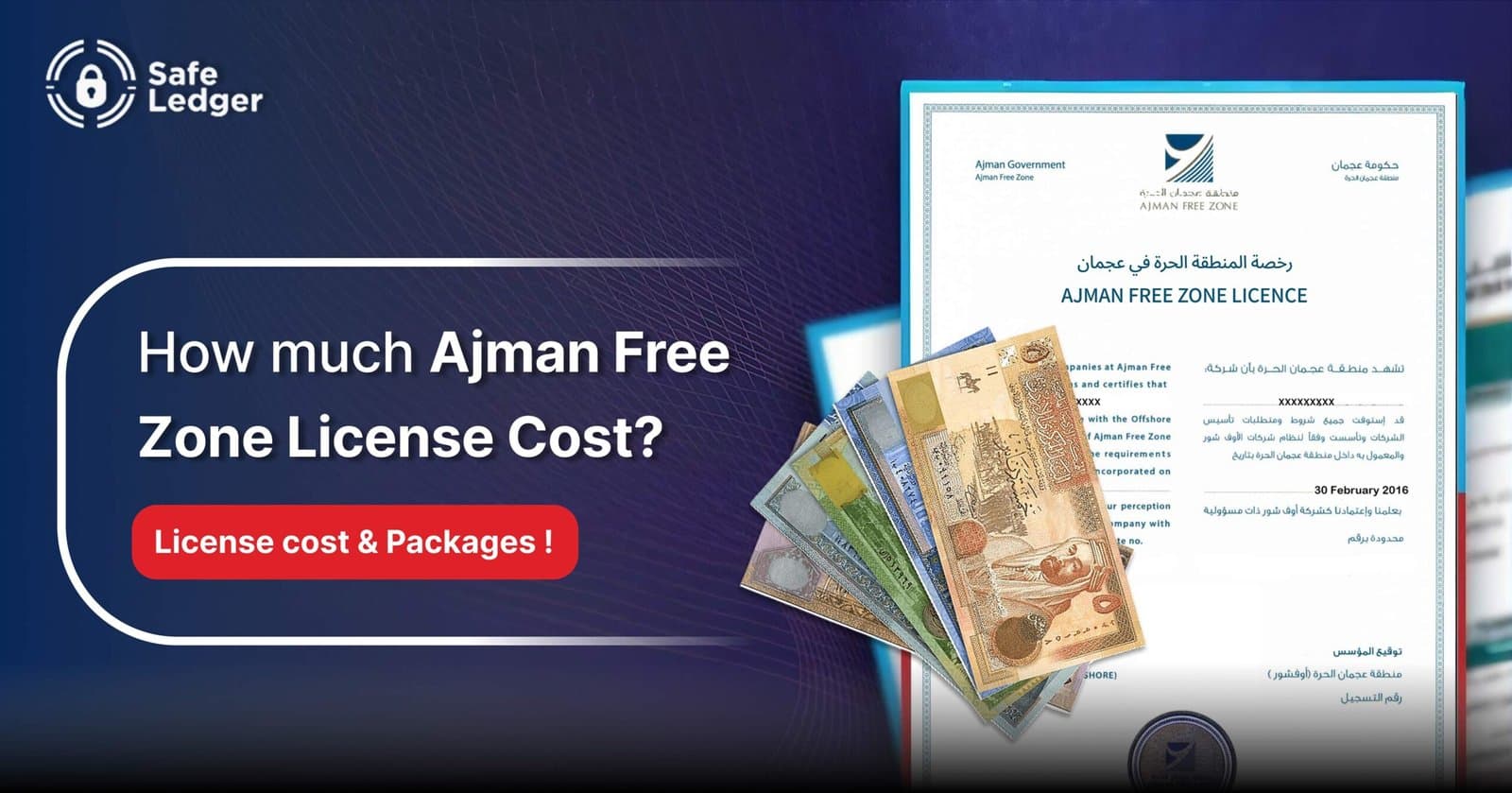Understanding the core differences between an FZE and an FZC helps you make an informed decision for your company. While both offer similar benefits, their distinct legal structures cater to different business needs.
The most significant difference lies in the ownership
- FZE: Has only 1 shareholder. This is ideal for individual entrepreneurs or companies with a single owner.
- FZC: Requires between 2 and 50 shareholders. This makes it suitable for partnerships or joint ventures.
The ownership structure influences other areas of the business, such as capital and management.
The minimum share capital requirement for an FZE has now been removed in several UAE free zones, making it an even more accessible option for startups and Small to Medium-sized Enterprises (SMEs). Previously, some FZEs required a minimum capital of AED 50,000, but today, many jurisdictions allow incorporation without any mandatory capital deposit.
In an FZC, while the total capital might be higher, it is shared among multiple shareholders, which can ease the financial burden on individual partners. The cost of a free zone license varies widely depending on the emirate and activity. For instance, a freezone business setup license in Sharjah or Ajman often begins from AED 6,000–8,000, making them attractive to startups.
In contrast, Dubai free zones usually range between AED 12,000 and AED 50,000 or more. The number of shareholders and the type of license you choose can also affect the overall setup cost.
-
Management and Decision-Making
An FZE’s management structure is very straightforward. The single owner has complete control, and all decisions are made unilaterally, which leads to swift and efficient operations. In an FZC, decision-making is a collaborative process.
A detailed shareholders’ agreement is crucial to outlining voting rights and responsibilities, which ensures smooth operations and avoids conflicts among partners. The more shareholders an FZC has, the more complex its governance becomes.
-
Documentation and Setup Process
The setup process for both entities is generally streamlined, but an FZE requires fewer documents. The documentation for an FZE typically includes
- A passport copy of the single shareholder.
- A business plan.
- Application form.
For an FZC, you need the following documents:
- Passport copies of all shareholders and directors.
- A Memorandum of Association (MoA).
- Articles of Association (AoA), which define the company’s structure and share distribution.
These documents legally define the company’s structure, share distribution, and governance.





